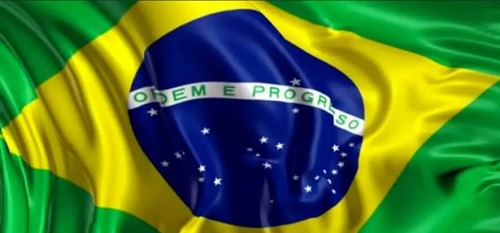14 January 2022
Leather in recovery, meat is suffering. The Brazilian raw material supply chain moved on divergent tracks during 2021. This is certified by data from CICB (Centro das Indústrias de Curtumes do Brasil) and SECEX. In other words: leather recorded an increase in sales both in terms of quantity and value, by 0.5% and 44.9% respectively. Meat, on the other hand, showed a 7% decrease in volume. By La Conceria.

The divergent tracks of the Brazilian supply chain: leather
By processing SECEX data, CICB shows in its most recent report that raw material sales in Brazil grew during 2021 compared to the previous year. In the past 12 months, Brazilian tanneries have sold 172.3 million square meters of leather against 171.4 million in 2020. In 2019 they were 183.5m2. The increase on an annual basis is equal to 0.5%. In terms of value, the growth was 44.9%. In 2021 Brazil sold leather for 1.41 billion dollars against the 976 million dollars collected in 2020. In 2019 it collected 1.16 billion.
Meat in pain
SECEX certifies, at the same time, the difficulties of the meat sector. In 2021, exports amounted to 1.8 million tons, 7% less than in 2020. The Chinese embargo weighs on the contraction, as Beefpoint writes. In fact, Beijing represents the most important market for Brazilian slaughterhouses, but in 2020 it closed the borders to Brazilian meat for more than 3 months due to some cases of mad cow disease. Despite this, however, the proceeds were good. Abrafrigo, processing SECEX data, certifies a 9% growth in sales in terms of value, for a total of 9.2 billion dollars. And, in any case, China remains the largest buyer of Brazilian beef, with 950,000 tons imported compared to 1.2 million the previous year.
We bring leather, material and fashion businesses together: an opportunity to meet and greet face to face. We bring them from all parts of the world so that they can find fresh partners, discover new customers or suppliers and keep ahead of industry developments.
We organise a number of trade exhibitions which focus on fashion and lifestyle: sectors that are constantly in flux, so visitors and exhibitors alike need to be constantly aware both of the changes around them and those forecast for coming seasons.